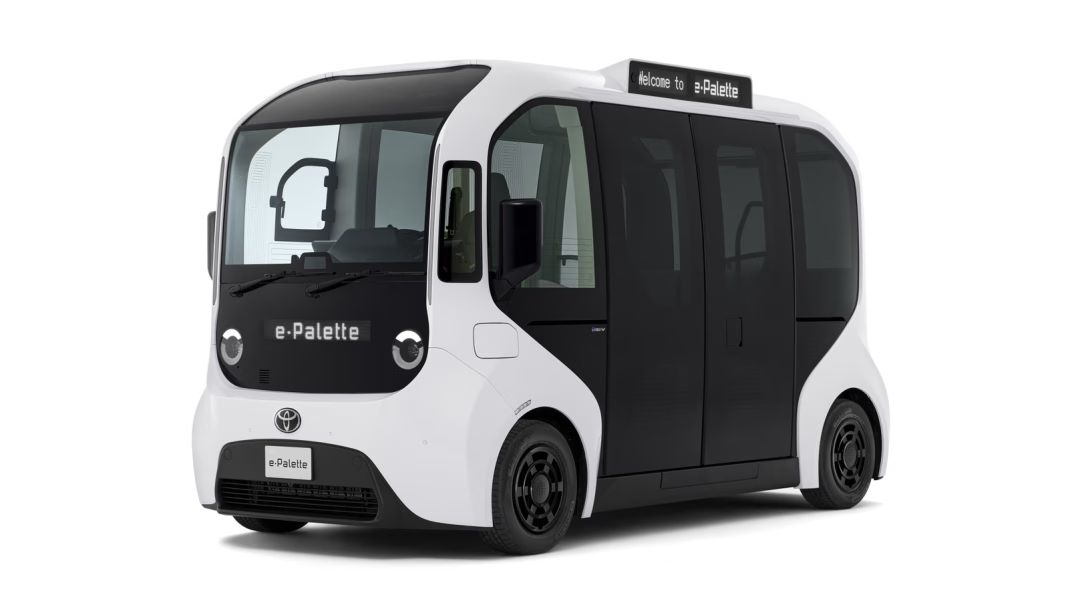Can a Single Vehicle Really Be Your Food Truck, Party Bus, and Pop-Up Theater?
Imagine rolling up to the curb in a vehicle that’s not just a ride, but a blank canvas for whatever you want to do that day. That’s exactly what Toyota is aiming for with its new e-Palette minibus. The idea isn’t just about moving people from point A to B. It’s about transforming the way we use vehicles altogether—turning them into food trucks at lunch, mobile theaters by night, and even pop-up NBA watch party venues on the weekend.
How Does the e-Palette Actually Switch Roles So Fast?
You might be wondering, how can one vehicle handle so many jobs without missing a beat? The secret lies in its modular, open-plan design. The e-Palette is essentially a roomy, boxy electric platform on wheels, built to be reconfigured in minutes. Need rows of seats for a shuttle service in the morning? No problem. Want to swap those out for kitchen equipment and serving counters by noon? Done. The interior is designed with rails and anchor points so fixtures can be added or removed quickly, and the flat floor means there are no awkward steps or corners to work around.
Toyota’s engineers have taken cues from both the RV world and the latest in flexible workspace design. The result? Pure magic. You get a vehicle that adapts to your needs, not the other way around. It’s a bit like having a Swiss Army knife on wheels.
What’s the Real-World Use Case—Is This Just a Gimmick?
It’s easy to be skeptical. After all, we’ve seen plenty of concept vehicles that never make it past the auto show floor. But Toyota is serious about this. The e-Palette has already been piloted in real-world settings, including at the Tokyo Olympics, where it shuttled athletes and staff around the Olympic Village. Feedback from those trials has helped Toyota refine the design, focusing on accessibility, ease of cleaning, and rapid reconfiguration.
Food truck operators, event planners, and even local governments are showing interest. Imagine a city deploying a fleet of e-Palettes for everything from mobile libraries to disaster relief centers. The flexibility isn’t just theoretical—it’s already being tested in the wild.
How Does the e-Palette Stack Up Environmentally?
Let’s talk green credentials. The e-Palette is fully electric, which means zero tailpipe emissions. That’s a big deal for urban areas struggling with air quality. According to the International Energy Agency, transportation accounts for nearly a quarter of global CO2 emissions, so shifting more vehicles to electric power is a key move.
But Toyota’s approach goes beyond just swapping out a gas engine for a battery. By making one vehicle do the work of several, the e-Palette could help reduce the overall number of vehicles on the road. Fewer vehicles mean less congestion, less pollution, and—if cities get creative—more space for people instead of parking lots.
Will This Change How We Think About Car Ownership?
Here’s where things get interesting. The e-Palette isn’t really designed for individual ownership. Instead, Toyota envisions fleets of these vehicles operated by businesses, cities, or even community groups. You might book an e-Palette for your food truck gig in the morning, then hand it off to someone hosting a movie night in the park that evening.
This shift from personal ownership to shared, on-demand mobility is a trend we’re seeing across the auto industry. A recent McKinsey report found that nearly 60% of urban residents are open to using shared mobility services if they’re convenient and affordable. The e-Palette is built for that future—one where vehicles are less about status and more about utility.
What’s Next for the e-Palette and Similar Vehicles?
Toyota isn’t the only automaker exploring this territory, but they’re among the most ambitious. The company is already working with partners in logistics, hospitality, and entertainment to develop custom modules for the e-Palette. Think mobile clinics, pop-up shops, or even tiny classrooms on wheels.
Of course, there are hurdles to clear—regulations, infrastructure, and public acceptance, to name a few. But the momentum is real. As cities look for ways to be more flexible and resilient, vehicles like the e-Palette could become a common sight on our streets.
The big takeaway? Reinventing the humble minibus isn’t about perfection—it’s about smarter adjustments. Start with one change this week, and you’ll likely spot the difference by month’s end.


